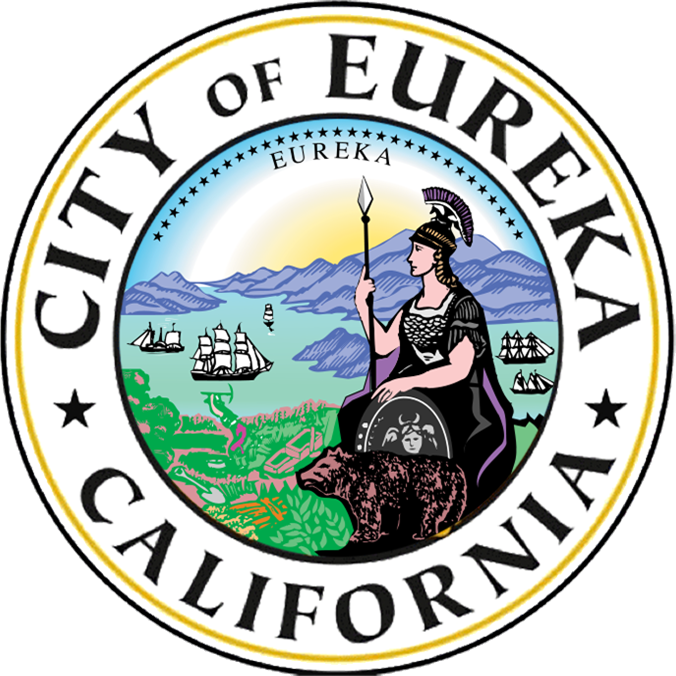Episode Transcript
[00:00:00] Speaker A: The U.S. environmental Protection Agency announced yesterday, July 30, that it has approved the Yurok Tribe's application for treatment as state TAs under the Federal Clean Water Act.
With this authority, the Yurok Tribe can develop water quality standards for waters within their reservation, similar to states exercising this Authority. Under sections 303 and 401 of the CWA. A TAS designation grants federally recognized native tribes the same authority as the state to administer certain environmental programs. In this case, for the Yurok Tribe's approval for this designation, it was for water quality standards and water quality certification for cleaning up the Klamath River. Cayman News spoke with Kate Pinkerton, a project officer for the Clean Water ACT program in EPA's Region 9, about how this process works and what it means for the Yurok Tribe.
[00:00:47] Speaker B: Yes, they did have to apply for it.
And some of the criteria that's evaluated is the first and foremost. The tribe has to be federally recognized. This is a pretty easy criteria to meet. They just have to show up on this list from the Department of Interior. As a federally recognized tribe, they have to demonstrate a governing body that carries out substantial governmental duties. This is often demonstrated by providing a constitution or ordinances and that it has appropriate authority mechanisms in place, management experience and authority over the water quality resources within the reservation or informal reservations. So this means this authority means that the tribe will now, although I think they've already started drafting their water quality standards which will be enforceable under the Clean Water act once approved by epa. And this means the tribe can develop standards or thresholds that help the tribe meet their water quality goals.
And for example, you know, the Yurok Tribe is in the Klamath River Basin there. There's a lot of passion about protecting the salmon in in that river basin. And they'll be able to develop water quality standards that tailor their their goals and needs to protecting salmon and other other priorities for the tribe.
[00:02:15] Speaker A: The EPA actively supports tribal self governance and works in a government to government relationship with federally recognized tribes on environmental matters within tribal territories. The application time process varies depending on many aspects, taking between a year to several for the application process to be completed. In the Yurok Tribes case, it took approximately 10 years due to staff changes as well as other hurdles. When the EPA grants the TAS designation to tribes, they provide technical support for tribes to get projects off the ground with resources.
[00:02:47] Speaker B: Yes, we do provide technical support.
We have templates available online that are a good place for tribes to start with.
Those Templates also include EPA's recommended criteria for some of the key water quality uses like protecting aquatic life, human health and recreational uses.
So there's a really good place to start from available online for the tribes. And then once tribes have more specific questions or if they have criteria they're interested in setting or establishing, they might need additional help and support from we have staff available.
May have a little less these days, but they are available and here to support tribes in their development of standards.
It's definitely a big achievement. It can take a lot of time and effort on the tribe's part and on EPA side to get the application into an approvable status. There are sometimes complications with land areas that and there is a consultation and public notice period where the public can provide input.
So the time from application to approval can really range from around a year to many years. In this case, I think it took actually about 10 years or a little over.
And also just noting that tribes don't get additional funding for taking on this authority and to implement and develop their water quality standards, they're often using a limited amount of Clean water Act Section 106 funding for that implementation and development.
[00:04:39] Speaker A: The EPA's approval follows a thorough evaluation of the Yurok Tribe's ability to manage environmental programs at a standard equal to or exceeding that of state agencies. The Yurok Tribe Environmental Department's water quality program has been consistently monitoring the water quality of the Klamath river and its tributaries since 2002. In addition to routine monitoring, the program conducts extensive research on issues such as nutrient pollution, pathogenic bacteria and macroinvertebrate populations. It also oversees the tribal water quality certifications for federally and state funded projects that fall under the National Environmental Policy act or the California Environmental Quality act and may affect surface water quality within the Yurok Reservation.
For more information about the Yurok Tribe's environmental programs, you can Visit their website, yuroktribe.org reporting for KMUN News, I'm Nat Cardos.


